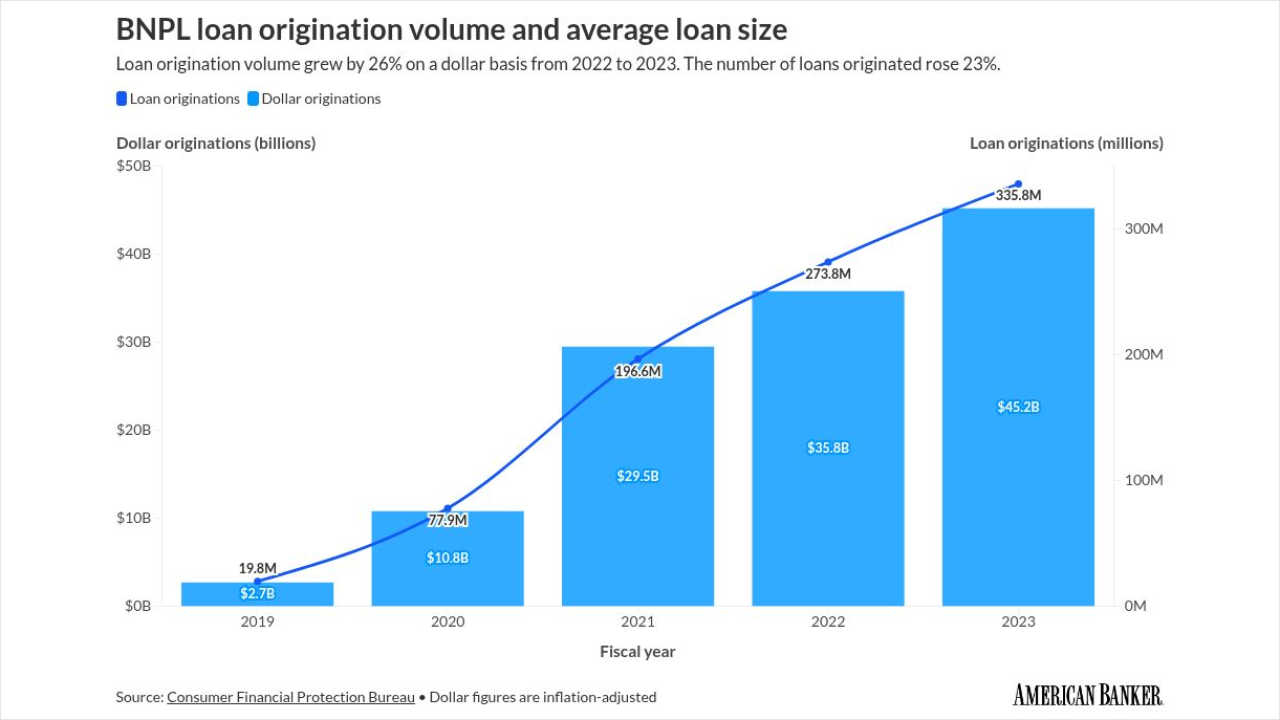Strong demand for bank assets has created a "blue-sky scenario" that's likely to enable Spain's largest bank to move €60 billion ($63 billion) in risk-weighted assets off its balance sheet this year, said Sergio Gamez, who runs the Global Asset Desk unit overseeing the effort. That's likely to drop to €40 billion in 2025, Gamez said in an interview at the lender's headquarters in Madrid.
As explanation, Gamez referred to comments from his boss, Chief Financial Officer Jose Garcia Cantera, who said in an analyst meeting earlier this month that the lower figure would be more sustainable.
Gamez' GAD unit is at the center of a program, known as balance sheet rotation or asset mobilization, that has turned
But
While
Gamez got a new mandate to speed up the asset rotation in mid-2023. He has created a team of around 50 people that includes staff around the world.
These so-called capital relief trades are set to help
Below peers
As with so much else in banking, capital relief trades are driven by regulation. Banks are required to hold risk-dependent levels of capital to backstop assets such as loans, which can render them unattractive if they yield too little. Selling those loans or the attached risk to investors that are outside the banking sector — and its rules — tends to free up capital for new investments at higher returns.
The deals are seen as key for
As part of its asset mobilization effort,
Representatives for
Ramping Up
Recent examples are two separate deals that saw Blackstone and Apollo each invest in infrastructure loans originated by
The big question is just how long the boom in investor demand that's underpinning
Many other banks are ramping up their usage of SRTs to manage their capital and the increasing supply may eventually force the issuing banks to offer higher rates to investors. A plan by Europe's top banking regulator, the European Central Bank, to speed up approvals may further stoke issuance.
New bank capital rules known as Basel endgame are set to kick in next year and could mean banks have to sell bigger risk chunks to obtain capital relief, S&P Global Ratings said in a report in November. SRT pricing "may not remain as favorable to issuers as it has been so far this year," the firm said in the report.
As a result,
Another potential headwind is intensifying regulatory scrutiny, with the International Monetary Fund recently warning of "negative feedback loops" from SRTs. Some watchdogs are taking a close look at the links between banks and the non-bank investors in their loans and risks, especially if the deals are funded by credit from other banks.
"We generally think that securitization can be a useful instrument to move risks to the part of the financial system where they can be better borne than on banks' balance sheets," ECB banking supervision head Claudia Buch said earlier this week. But "we need to make sure that there is no spill-back effect on the banking sector."





